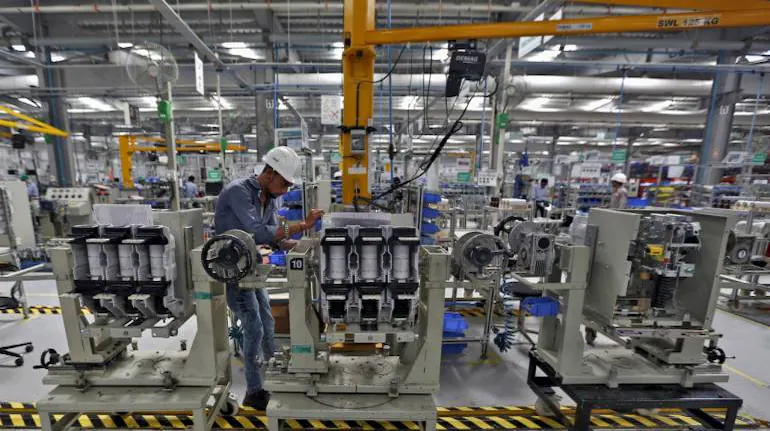
Aluminium capex to triple over next 5 fiscals on strong demand
Solid long-term demand fundamentals and expectation of healthy operating margins — despite some moderation this fiscal — will spur domestic aluminium makers to spend ~Rs 70,000 crore in the next five fiscals through 2027 to expand capacity. This capital expenditure (capex) would be thrice what was incurred in the past five fiscals.
A CRISIL Ratings study of three domestic primary aluminium producers1 , which account for the entire capacity of 4.1 million tonne (MT) in the country, indicates as much.
Long-term aluminium demand fundamentals are strong in both global and domestic markets, driven by increased spending on infrastructure, electrification, and transition to electric vehicles amid growing concern over emissions that is likely to keep global capacity addition in check. Worldwide demand may remain flattish in calendar 2023 amid recession fears. We expect the medium-term compound annual growth rate to be ~2%.
The domestic market is likely to witness more robust growth of 6-7% in the near term, and 4-5% over the medium term. Increasing green transitions in the economy would lend traction to this demand.
Given the prospects, domestic aluminum makers are cranking up capex. Around half of what’s planned may be for smelter capacity addition2 and the rest to increase downstream capacities and backward integration such as expansion of alumina refinery (by ~5 MT per annum) and commissioning of captive coal mines.
Says Ankit Hakhu, Director, CRISIL Ratings, “Increase in downstream capacities will buff up product portfolios, while backward integration will help sustain cost-competitiveness. India is already among the lowest-cost producers in the world3 . That will help sustain the high share of exports in revenue mix. India exported more than half of its annual output over the past five fiscals. Consequently, even after significant smelter capacity addition, utilisation should remain above 90% over the next two fiscals.”
Profitability is expected to stabilise at 27-29% next fiscal, after falling from 36% last fiscal to 13% in the first half of this fiscal. Commodity price inflation has started to ease and the withdrawal of monsoon has improved domestic coal availability — including from captive mines — leading to higher materialisation of linkage coal.
Realisations are expected to remain rangebound at $2,400 per tonne next fiscal (~$2,774 on average last fiscal), with low global inventory and recent production cuts in Europe and China partly offsetting easing global demand.
Says Ankush Tyagi, Associate Director, CRISIL Ratings, “Despite moderation in the first half of this fiscal, annual operating profit this fiscal and the next will likely be sufficient to cover the planned capex without any major impact on leverage, thereby supporting credit profiles. The net debt to earnings before interest, tax, depreciation, and amortisation (Ebitda) ratio is expected to remain below 2.5 times, while interest coverage is projected to remain healthy at above 8 times over this and next fiscals (less than 2x and ~10x, respectively, last fiscal). Further, cash buffers will be healthy at more than 1x of debt obligations.
” That said, any sharper-than-expected correction in global aluminium prices, weaker global and domestic demand, or significantly higher-than-expected input costs will bear watching.










